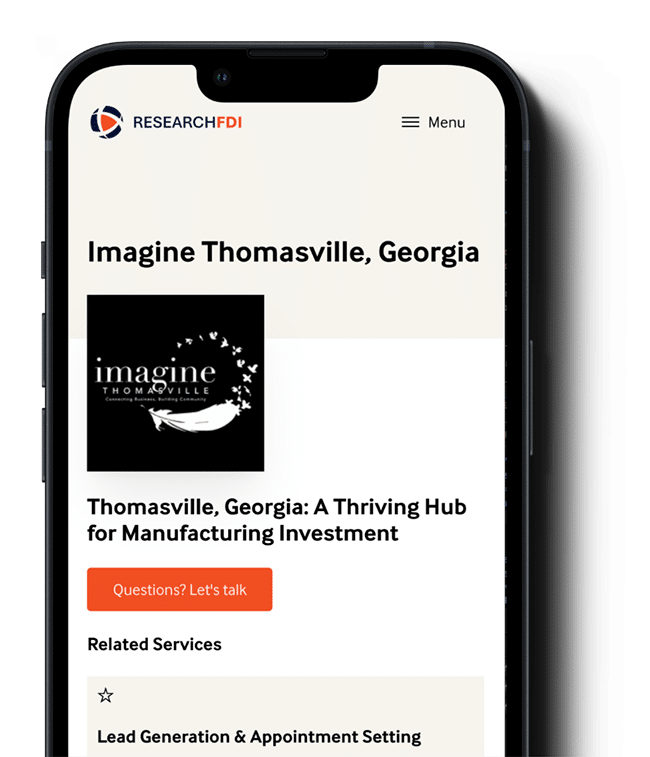As regions begin to grapple with the new normal, and look to reopen the economy as safely as possible, all eyes have switched to the oft-mentioned (and equally frightening) potential second wave and how different governments in North America are responding after more than three months at a standstill.
In March, North America’s economies shut down as coronavirus cases and deaths started to soar. As the initial outbreak cases of the pandemic has begun to decline in some areas of the United States and Canada, states, territories, and provinces are rolling out their deconfinement plans. With businesses beginning to reopen, the economy, manufacturing, retail, socializing, sports, and the service industry are creating a social-distancing guidelines that reflect a post COVID-19 world.
It should be expected that sanitary measures and physical distancing guidelines will be in place for months to come, maybe even becoming the new status quo. Businesses implementing stricter capacity measures, frequent sanitization, face masks, and isolating customers into smaller groups will not become uncommon.
In Canada, everyone returning from foreign travel must immediately go into a mandatory 14-day quarantine and international flights are still restricted in Vancouver, Toronto, Montreal, and Calgary.
And while things are gradually reopening in both countries, non-essential travel is still not permitted between Canada and the US. In March, non-essential travel between the longest border in the world was put on pause and as of this writing, will only be lifted on July 31 (barring no set backs.) Canadian Prime Minister Justin Trudeau says both countries have agreed to extend the safety measures to keep both Canada and US safe.
As North America attempts to get its collective feet back on the ground after an unprecedented spring, here’s how the reopening differs in different provinces and states throughout Canada and the United States.
Canada
Quebec
Unlike other provinces, Quebec’s reopening wasn’t officially defined by ‘phases’ as its deconfinement unraveled in a sector-by-sector basis (with the Montreal metropolitan area usually a week behind). As of May 4, street-front retail stores leading directly outside (shops not inside malls) were permitted to open, followed by manufacturing plants and residential and commercial construction.
At the time, Quebec Premier François Legault said the reopening would be “gradual” and attributed the province’s reopening — which was some of the first reopening announcements in the country — to the fact that over 95% of the province’s death toll was within people 60 years old and older.
In terms of gatherings, Quebec was very strict from the get-go, restricting people into a lockdown as of March 18. The Sûreté du Québec, the province’s police force, restricted travel within areas at the beginning of April, forcing citizens to stay within their respective districts.
As of June 30, everything in Quebec has reopened except for festivals and large-scale events. Physical distancing guidelines have been eased from the oft-mentioned two metres to one and a half. Indoor gatherings— both public and private — are permitted with a maximum of 50 people and restaurants, bars, gyms, beaches, theatres, services, schools, and sports (indoor and outdoor) have been given the green light to reopen. Physical distancing guidelines are heavily encouraged but no longer finable.
Quebec does not force citizens to self-isolate after inter-provincial travel and has no plans for another deconfinement ‘phase’. The government will announce festivals and large event details and reopening specifically per case.
Ontario
Ontario entered ‘Stage 2’ of what it calls, A Framework for Reopening our Province, on June 12. As of June 25, all regions in the province had moved on the second stage with the exceptions of Windor-Essex who were deemed at a high transmission risk of spreading the virus.
Stage 2 includes the reopening of restaurants, bars, beauty care services, tours, beaches, outdoor sports, film and TV production, family visits at long-term care homes, retail shops, places of worship, libraries, and parks.
As of the last day of June, gatherings were limited to a maximum of ten people and houses of worship could only function at 30 percent capacity.
Ontario does not require self-isolation after inter-provincial travel and plans to enter a Stage 3 which, as of this writing, has no official date. Ontario’s remaining opening schedule includes “workplaces and community spaces,” according to the COVID-19 Ontario website.
Alberta
Operation Relaunch Strategy entered Stage 2 as of June 12 in Alberta which saw the reopening of kindergarten to grade 12 schools across the province, libraries, health services, personal services (tanning, waxing, esthetics etc.), theatres, team sports, pools, casinos, and instrumental concerts.
Gatherings across Alberta are permitted with 50 or fewer people indoors and 100 or less outdoors.
Stage 3 has no official launch date but will include the reopening of “all workplaces,” arts and culture festivals, concerts, major sporting events, bars and clubs, conferences, and “unrestricted non-essential travel,” according to Alberta’s COVID-19 website.
United States
New York
On March 20, New York governor Andrew M. Cuomo issued an order to put the state “on pause.” New York outlined a ten-point plan which began Phase 1 on May 15. As of mid-May, landscaping, outdoor activities, theaters, construction, wholesale supply, manufacturing, agriculture, and forestry could resume and the stay-at-home order expired statewide on May 28.
As of June 8, stores previously labeled as non-essential could reopen for deliveries and curbside pickups. June 22 was the state’s second phase of reopening which included bars, restaurants, retail, hair salons and barbershops, malls, large-scale venues, houses of worship, and public pools and playgrounds.
As of this writing, the entertainment sector (theaters, casinos, amusement parks) and gyms are still closed. Gatherings are now permitted in maximums of 25 and graduation ceremonies can host up to 150 people.
California
California was the first state in the US to order its citizens to stay at home, which went into effect on March 19. Its reopening process began on May 8 and included lower-risk businesses with physical distancing guidelines in place. California entered Stage 3 of its deconfinement on June 12 and now, high-risk businesses and venues can reopen. As of June 18, residents were advised to wear face masks in “most settings outside of home,” according to the California Department of Public Health, and whenever the six-feet distancing guidelines cannot easily be met.
Retail businesses, restaurants, personal care, houses of worship, casinos, museums, galleries, gyms, outdoor recreation, manufacturing, and art production is open throughout the majority of the state. California’s final phase, Stage 4, has no date but is eyeing the reopen of concert halls, conventions, and sporting events.
Texas
Texas, the second-largest state in the US, had one of the country’s shortest stay-at-home orders. It was put into place on April 1 and ended on April 30. As of May 8, gyms, salons, barbershops, and restaurants were permitted to reopen at reduced capacity and were advised to follow physical distancing guidelines. By June 19, amusement parks and carnivals were green-lit to open at 50 percent capacity, joined by zoos, water parks, sports leagues, schools, bars, rodeos, gyms, and office buildings.
On June 25, governor Greg Abbott said there would be a pause in the reopening of activities, citing a recent surge in COVID-19 cases.
Ohio
A statewide stay-at-home order was issued throughout Ohio on March 23 and on May 1, some healthcare, general offices, construction sites, distribution companies, and manufacturing plants reopened. Followed by retailers and personal care business on May 12 and 15, respectively.
By June 1, bars, restaurants, pools, gyms, youth sports leagues, and catering had been given the green light to reopen with a capacity limit of 300 people per. Two weeks later, entertainment spaces, art galleries, entertainment centres, indoor sports, social clubs, zoos, casinos, amusement parks, and water parks were given the okay to reopen with physical distancing guidelines and sanitary measures in place.
The state of Ohio has no additional reopening phases in place.
Michigan
Michigan initiated stay-at-home orders on March 24 and took a regional approach to reopening, allowing certain sectors in some areas to reopen before lifting the statewide lock-down as of June 1. As of now, outdoor recreation and construction is open, as well as personal care services, retail stores, bars, and restaurants.
Gyms, nightclubs, concert and sporting venues, and entertainment centers are still closed. On June 10, Michigan began the fifth and final phase of its reopening plan but on June 24, Michigan’s Governor Gretchen Whitmer says a recent spike will delay Phase 5. Whitmer did not comment on whether the ban will extend passed the 4th of July celebration weekend.
It’s interesting to note which specific industries were first to reopen throughout the studied areas: construction, manufacturing, retail, and services (including bars and restaurants) with physical distancing guidelines being universally encouraged.
States that were perhaps a bit hasty on easing stay-at-home orders in the spring might face a few weeks of backtracking as they have to slow down their lock-down lifting due to a recent spike in COVID cases for the summer. It is possible that places like Texas and Florida might be forced to reintroduce lock-downs if cases continue to trend upwards. It’ll be even more interesting to survey how North American governing bodies will go forward as the summer flips to autumn and the risk of a second wave of COVID-19 becomes even more prominent.



